Introduction to Patisar Rabindra Kachari Bari
Patisar Rabindra Kachari Bari (Bangla: পতিসর রবীন্দ্র কাচারি বাড়ি, correct spelling in English is Patisar Rabinda Kachharibari and in Bangla is পতিসর রবীন্দ্র কাছারিবাড়ি), originally Rabindranath Tagore’s (Bangla: রবীন্দ্রনাথ ঠাকুর) estate office house, is now officially known as the Patisar Rabindra Memorial Museum (Bangla: পতিসর রবীন্দ্র স্মৃতি জাদুঘর). Rabindranath Tagore’s Patisar Kachari Bari and its surrounding property, now owned by the Government of Bangladesh are managed by the Archaeological Department. This historic site is located in Patisar village, approximately 36 kilometers south of Naogaon district town. As per the Government of Bangladesh Gazette dated 08 July 1993 and 8 September 1994, Patisar Kacharibari is recognized as a protected monument. The estate is on the banks of the Nagor River (Bangla: নাগর নদী), within Atrai Upazila (Bangla: আত্রাই উপজেলা).
This historic site further falls under the jurisdiction of the Maniary Union Parishad in Atrai Upazila, Naogaon. The geographical coordinates of Rabindranath’s Patisar Kachari Bari are Latitude 24 degrees 37 minutes 00.5 seconds North and Longitude 89 degrees 05 minutes 21.8 seconds East.
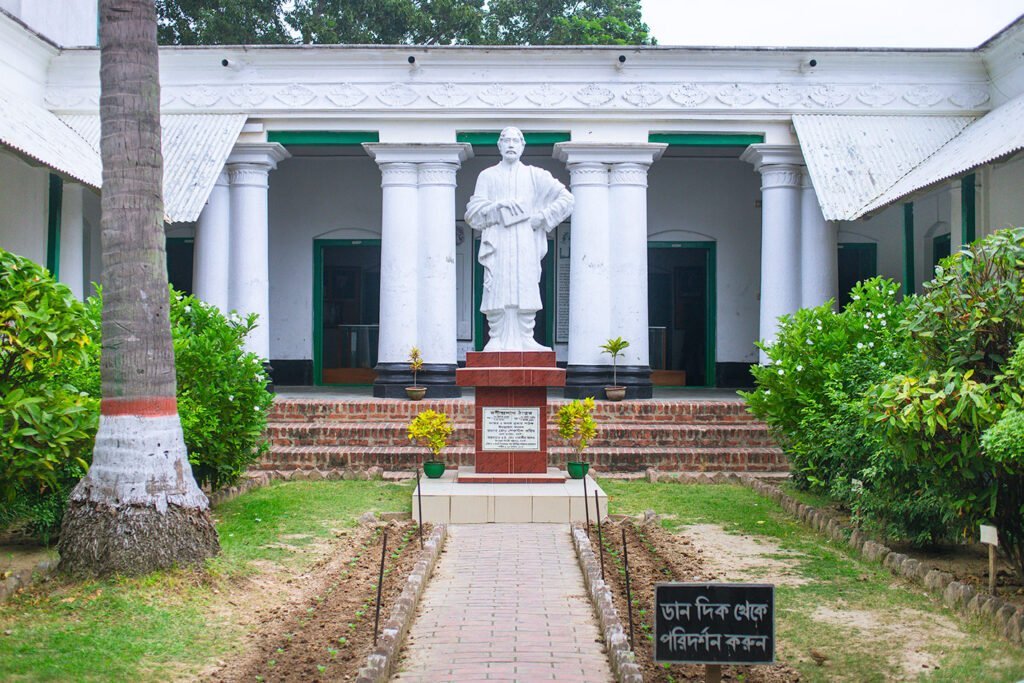
Historical Background of Kaligram Pargana
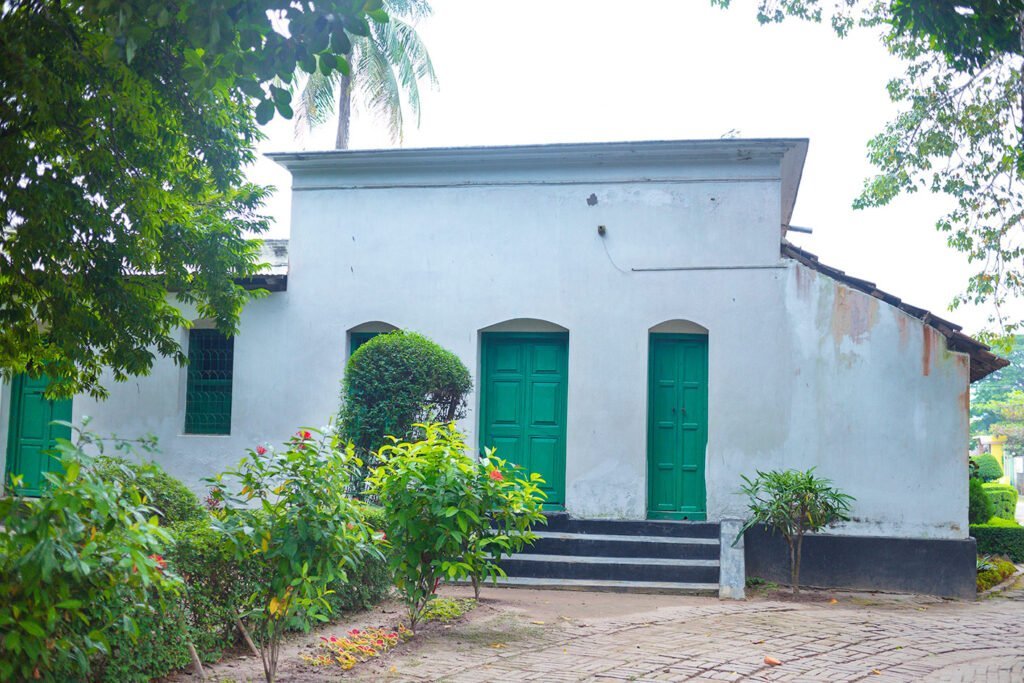
A pargana is a historical revenue unit, comprising several villages, also known as an Estate. The term ‘Pargana’ originated during the Sultanate era, where it represented a cluster of villages.
In 1830, Rabindranath Tagore’s grandfather, Dwarkanath Tagore, acquired the Kaligram Pargana, adding it to his Zamindari (landlord) holdings. Patisar served as the focal point of this pargana, with administrative officers managing the zamindari from this Kachari Bari. It encompassed about 600 villages, spreading over Naogaon, Bogura, and Natore districts, covering 230 square miles. The Pargana also had two sub-offices: Ratowal, 10 kilometers from Patisar, and Bhandargram, 20 kilometers north of it. Its boundaries were marked by Malsan Adamdighi in the north, the Atrai River in the south, the western bank of the Nagor River in the east, and the Nagor River influenced Banka-Kashiabari village in the west. The Tagore family from Jorasanko (জোড়াসাঁকো) in Kolkata owned three Zamindari estates in Bangladesh.
Rabindranath Tagore’s involvement in Patisar was somewhat accidental. When Satyendranath’s son, Surendranath, had to choose his preferred part of the ancestral property between Birahimpur and Kaligram Pargana, he chose Birahimpur. As a result, Kaligram Pargana, with Patisar as its center, became Rabindranath’s responsibility.
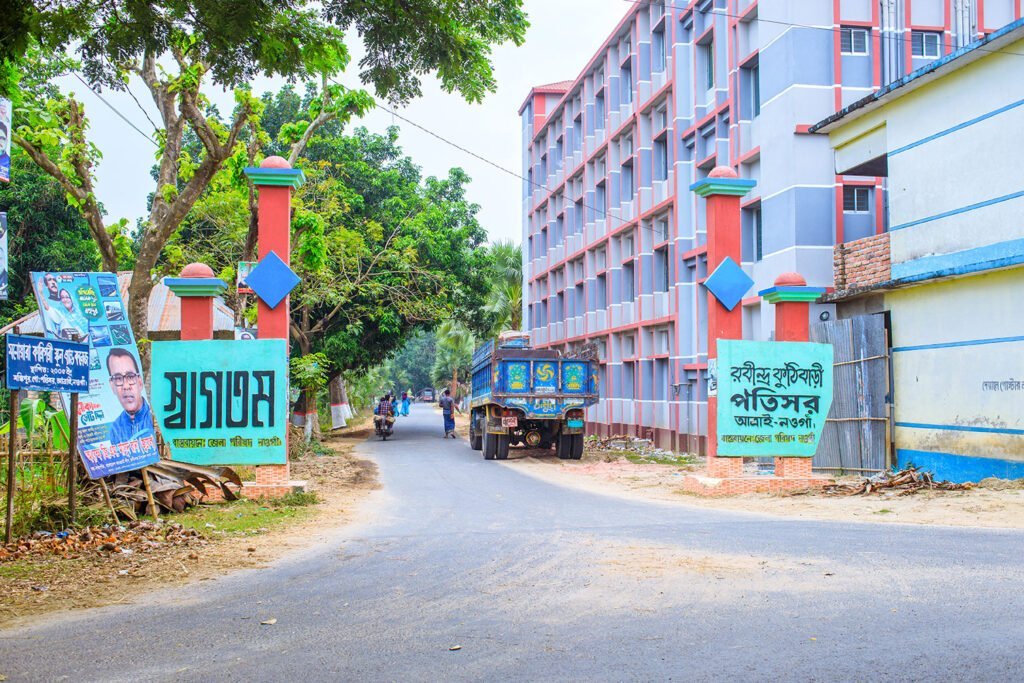
Rabindranath Tagore’s Visit to Patisar and His Contributions
In 1891, Rabindranath Tagore arrived in Patisar to manage the Zamindari estate of Kaligram Pargana, a Zamindari he had inherited. His journey to Patisar began when he, along with his wife, son, and daughter, first moved to Shilaidaha Kuthibari in November 1889. After spending some time in Shilaidaha, he then traveled to Shahjadpur. From Shahjadpur, on January 13, 1891, then the poet made his way to Patisar, located in Atrai Upazila of the Naogaon district.
More than just overseeing the estate, Tagore, a lover of nature and humanity, set up hospitals and schools for the neglected people of Patisar. He also founded an agricultural bank with the 108,000 Taka from his Nobel Prize, aiming to support local farmers.
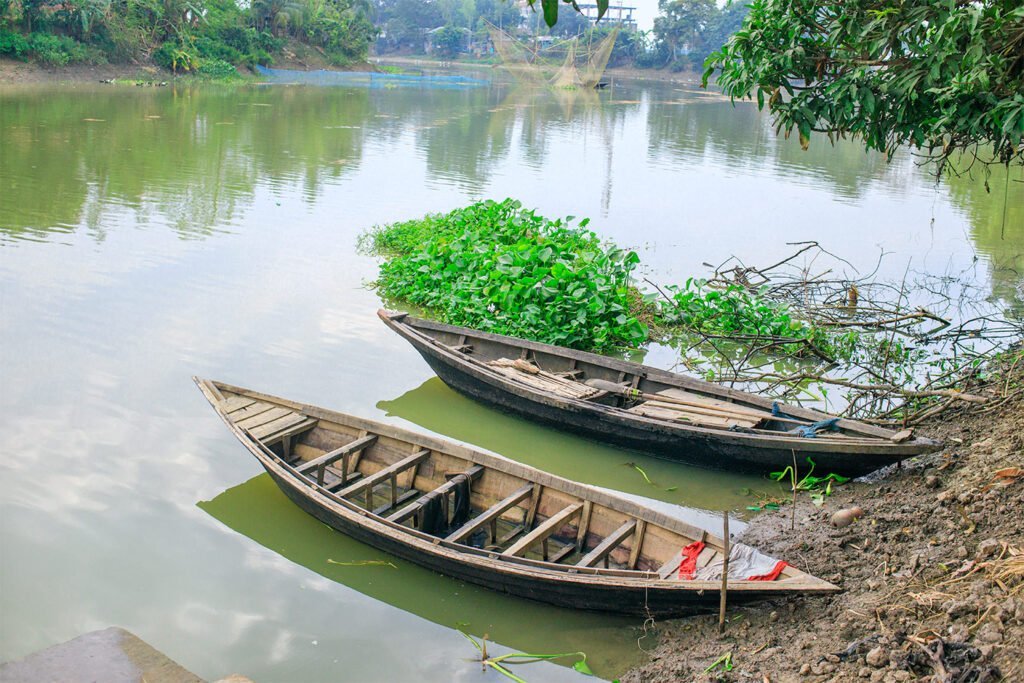
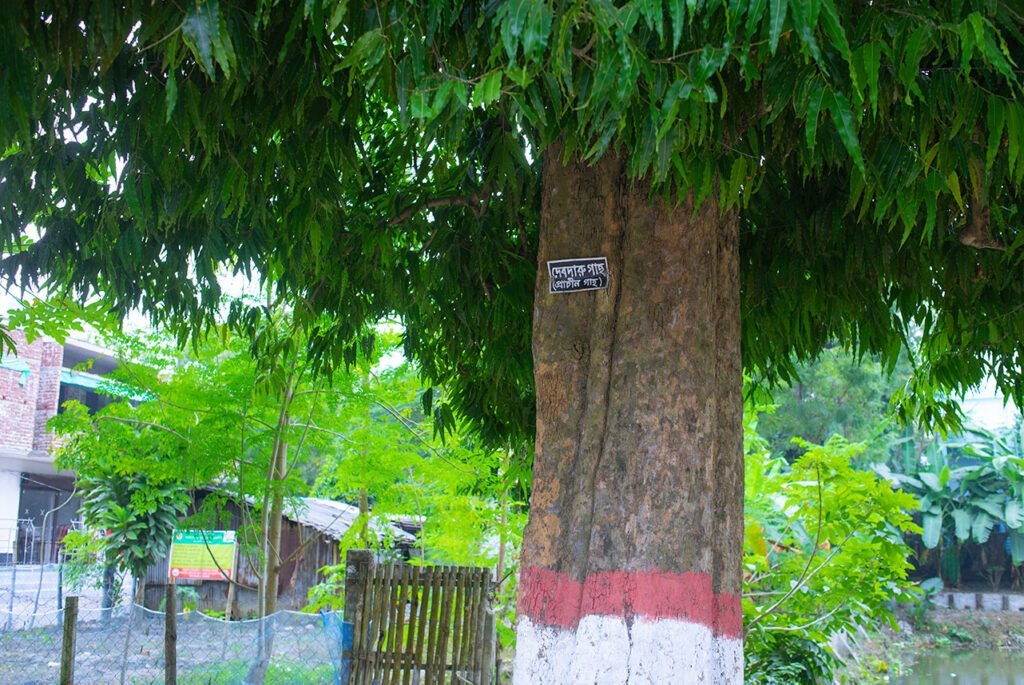
Tagore initiated various development programs in the underdeveloped Pargana. His efforts included establishing educational and health facilities, and agricultural industries in villages. He also worked on setting up bank, building roads, digging wells, ponds, and creating large water bodies.
Literary Significance in Patisar
Patisar holds a special place in Rabindranath Tagore’s literary journey. He penned many of his significant works during his time here. Among these are notable creations like “Chitra,” “Purnima,” “Sandhya,” “Gora,” and “Ghar-Baire.” These works highlight the profound impact Patisar had on Tagore’s literary output.
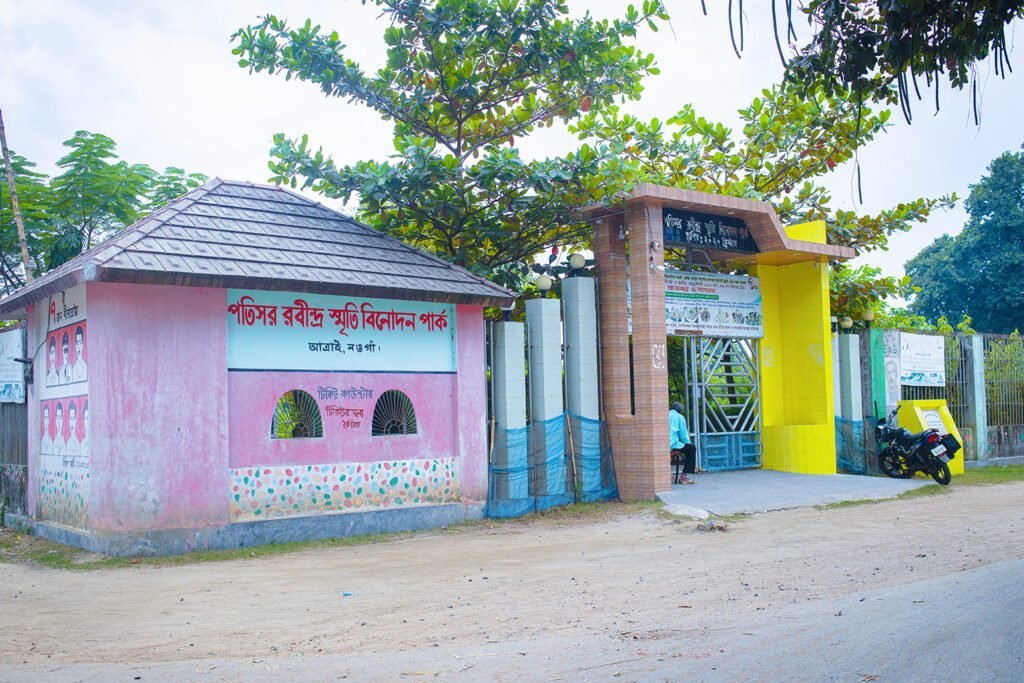

Educational and Charitable Initiatives by Rabindranath Tagore
During his time in Patisar, Rabindranath Tagore not only wrote many of his famous works but also focused on educational and charitable activities. He established a primary school and a high school, named Rathindranath High School, in the village. Additionally, he set up a charitable dispensary and the Patisar Krishi Bank in 1905, aimed at supporting local agriculture.
Tagore’s commitment to education led him to establish three Middle English (M.E.) schools in 1913 across the divisions of Patisar, Ratowal, and Kamta. He also founded a high school in Patisar, named after his son, Rathindranath. The financial responsibilities for constructing these schools and their hostels were supported by the estate. Initially, the Kaligram Rathindranath Institution in Patisar was known as Patisar M.E. School. In 1937, it was upgraded to a high school, becoming the third high school in the Naogaon district. Tagore also himself founded the schools in Ratowal and Kamta divisions in January 1913.
Rbindranath’s Agricultural Bank Initiative in Kaligram Estate
Rabindranath visited Kaligram Pargana in 1891 and wanted to do something for the poor people. But he could not do that then. Finally, in 1905, he established an agricultural bank to help farmers initially funded by borrowing money. The bank quickly gained popularity among local farmers, leading to a high demand for loans that the small bank struggled to meet. This challenge was partly addressed in 1914 when Tagore deposited his Nobel Prize (1913) money into the bank. However, there’s some uncertainty about the exact amount of this capital. Sources vary, with some stating it was one lakh eight thousand (108000) taka, while others claim it was one lakh eighty-two thousand (182000) taka, as noted in “Rabindra Jibani” by Pashchim Kumar Pal.
Tagore’s commitment didn’t stop with the Nobel Prize money. Seeing the bank’s unstable condition, he also added nine thousand taka from his book royalties and earnings from lectures in America in 1917. Despite these efforts, the bank eventually could not sustain itself, and Tagore did not recover his financial contributions. The bank operated for approximately 20 to 25 years. Yet, this initiative stands as a testament to his dedication to improving the lives of the farmers in Kaligram Pargana, marking a significant chapter in the history of rural banking in India.
Unconditional Genuine Love for Estate People (প্রজা)
Beyond his financial contributions, Rabindranath Tagore’s deep emotional connection with the people of Kaligram Pargana was evident. His letters, particularly one to Indira Devi, reveal his profound affection and empathy for the residents. In one part of the letter, Rabindranath writes: “—Oh, I have never seen such people, their genuine love and their unbearable suffering bring tears to my eyes. In fact, they are like a large family of my country.”
Tagore’s final visit to Patisor in 1937 further underscores this bond. His speech to the people during this visit was filled with emotion and a sense of shared destiny. He expressed a heartfelt desire to live among them, sharing their simple lives and learning from their resilience. Even though he acknowledged the limitations imposed by his age, his words conveyed a deep sense of solidarity and affection. Tagore’s parting message was one of empowerment and blessing, hoping for their happiness and progress even as he faced the end of his life. This genuine love and respect for the people of Kaligram Pargana were a hallmark of Tagore’s character, blending his roles as a leader, benefactor, and empathetic human being.
What to See in Patisar Rabindra Kachari Bari
Rabindranath Tagore’s Kachari Bari, which is now a museum spread over an area of about an acre, is a treasure trove of the poet’s personal used items. Visitors can see a variety of his personal belongings, including a recliner (আরামকেদারা), bathtub, folding chair, and items from his Padma Boat like an anchor and a wooden model of the Padma boat. The house also preserves a chest/safe (সিন্দুক) from the Agricultural Bank, a tractor plow blade (ট্রাক্টরের লাঙ্গলের ফলা), a door panel from the Padma boat, a wardrobe, a curry/rice pot, and a metal globe. Other notable items include numerous letters written by Tagore, a wall mirror, a wall clock, a kettle, and furniture such as a wooden cupboard, bed, table, and chairs from the Kachharibari.
The compound also has a sculpture of Rabindranath, crafted by sculptor Kanak Kumar Pathak. Additionally, the nearby Kaligram Rathindranath Institution, named after his son, adds to the historical significance of the place.
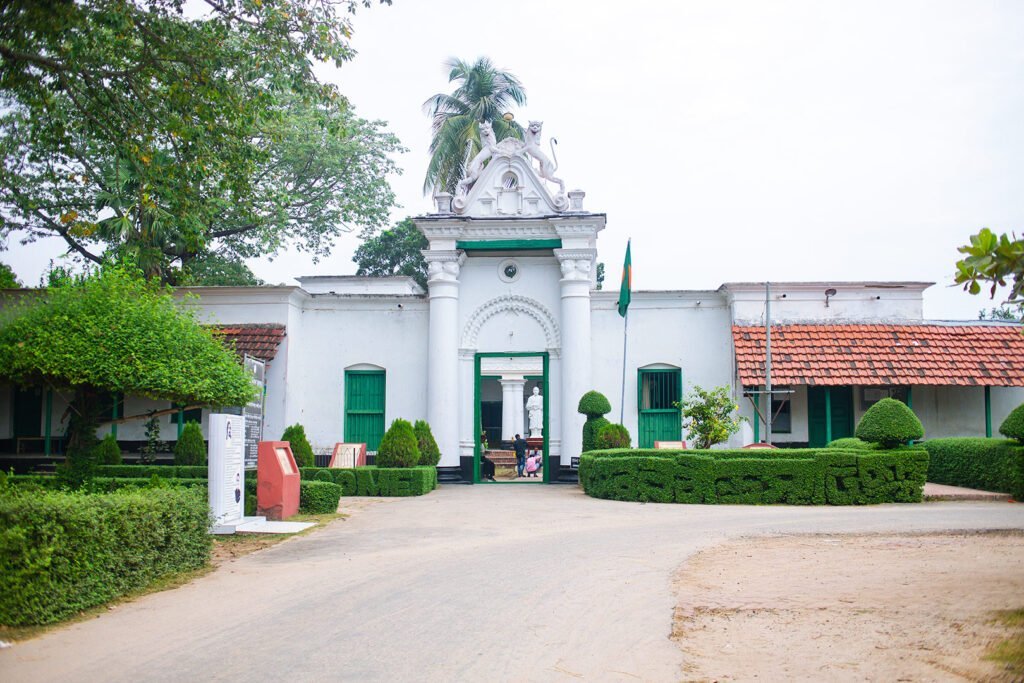
Getting to Patisar Rabindra Kachari Bari
Train Travel to Atrai
Atrai Upazila in Naogaon, known for its good rail connectivity. The best way to reach Atrai is by train. From Dhaka, take intercity trains like Nilsagar or Lalmoni Express. Take trains that have a stoppage at Atrai station. Remember, Atrai Railway Station is officially known as Ahsanganj, so don’t get confused.
Road Connectivity
Atrai also has good road links with Naogaon and Natore. You can take a bus or train to Naogaon/Santahar or Natore. Then, continue to Atrai by bus, train, or auto rickshaw. It’s really that easy.
Local Transport to Patisar
From Atrai, Patisar Rabindra Kachharibari is 14 km away. You can take a battery-driven three-wheeler or a CNG auto rickshaw. These local vehicles offer a unique travel experience. Cars for hire are also available near the train station.
Air Travel to Patisar Kachari Bari
For air travelers, fly to Rajshahi Airport from Dhaka. Patisar is 68 km from Rajshahi Shah Makhdum Airport. You can travel via the Rajshahi Mohanpur road.
Seeking Local Assistance and Emergency Support
For any circumstances, whether you’re a local visitor or a foreign tourist, don’t hesitate to ask the locals for directions or assistance. They are well known for their hospitality and willingness to help.
And finally, in case of emergency assistance, don’t forget to call the government helpline at 999.
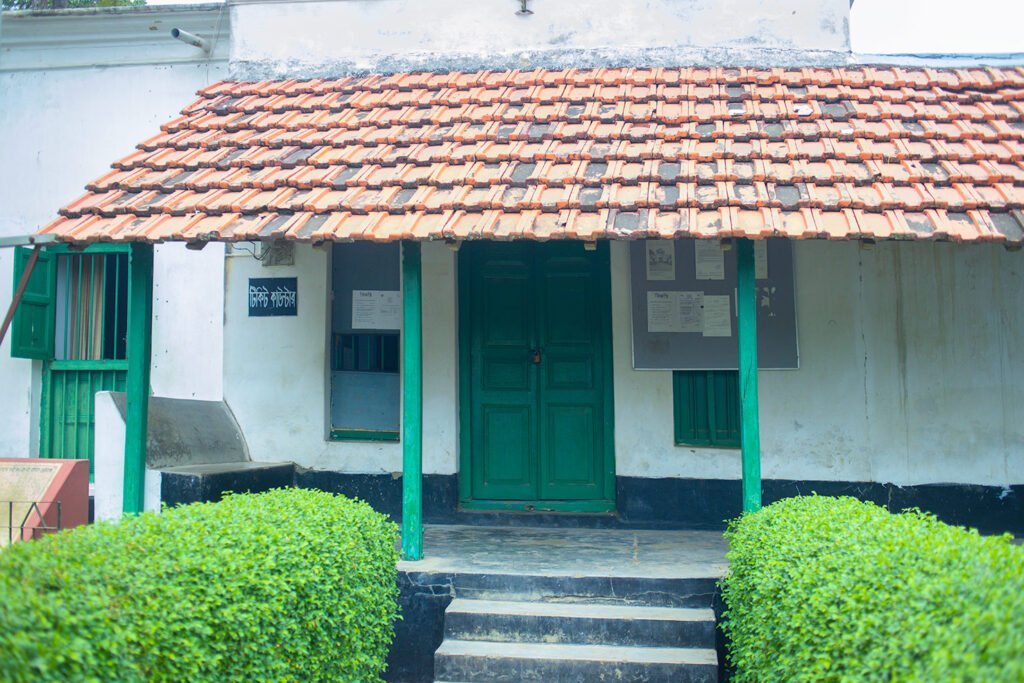
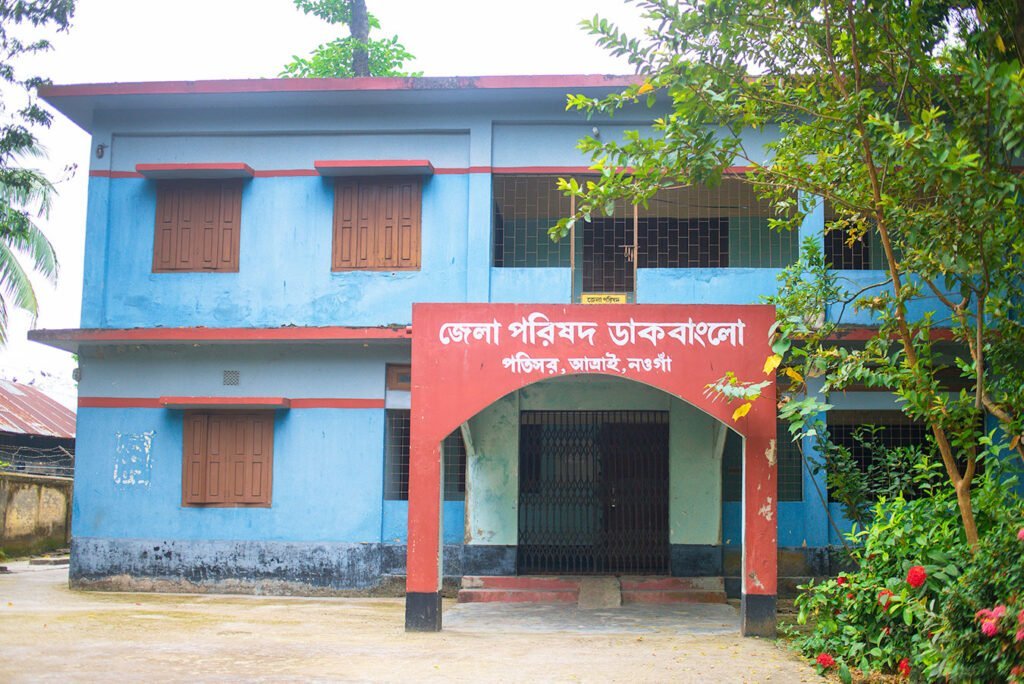
Visiting Hours of Patisar Rabindra Kachari Bari Memorial Museum
Summer Time (April 1 – September 30)
Tuesday to Saturday: 10:00 AM – 06:00 PM (Break: 01:00 PM – 01:30 PM).
Friday: 10:00 AM – 06:00 PM (Break: 12:30 PM – 02:30 PM).
Monday: 02:30 PM – 06:00 PM.
Winter Time (October 1 – March 31)
Tuesday to Saturday: 09:00 AM – 05:00 PM (Break: 01:00 PM – 01:30 PM).
Friday: 09:00 AM – 05:00 PM (Break: 12:30 PM – 02:00 PM).
Monday: 01:30 PM – 05:00 PM.
Closed Days
Every Sunday and Monday morning.
Also closed on all government holidays.
Ticket Price
Domestic visitors: ৳20.00
Foreign visitors: ৳200.00
SAARC country visitors: ৳100.00
Students up to secondary level: ৳5.00
Children under 5 years: Free
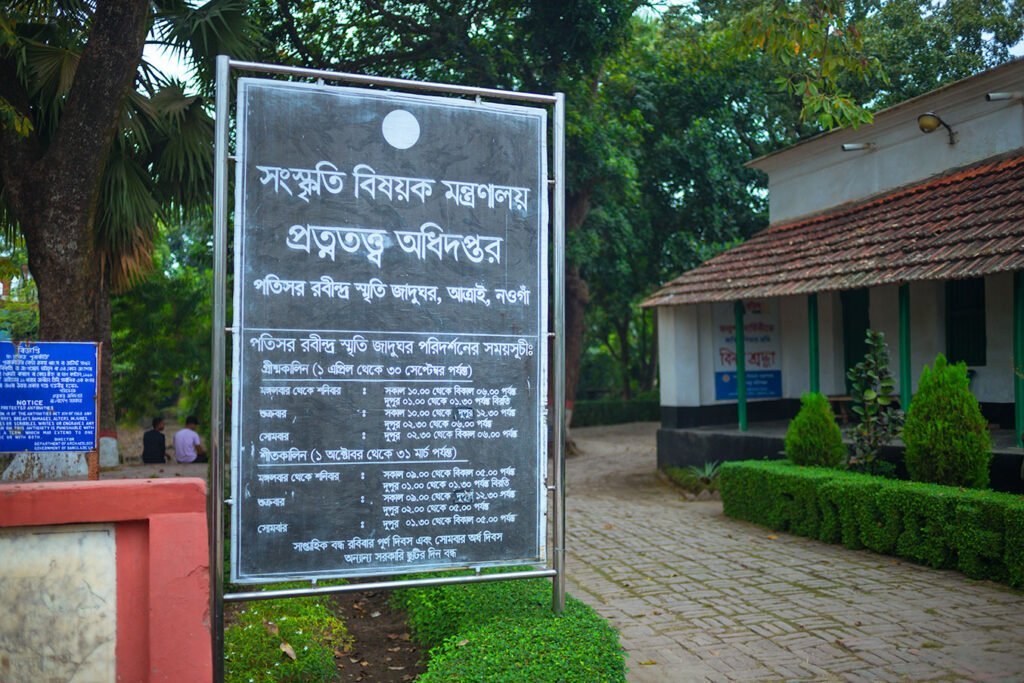



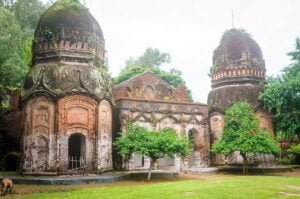


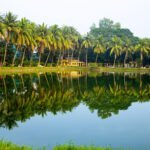



Thanks a lot for this Nice work. If you include the system to go there from District town or from Dhaka then people may get help from this site.
wow